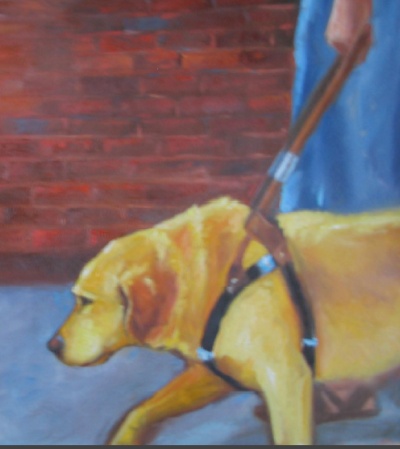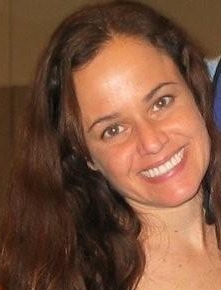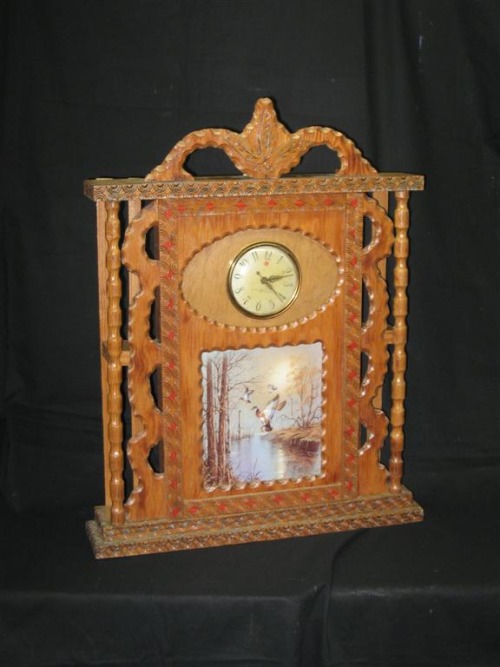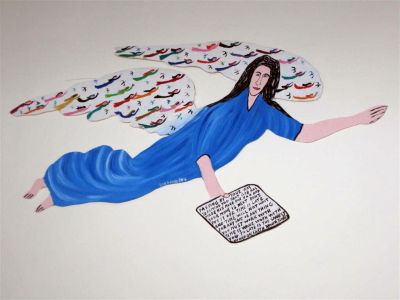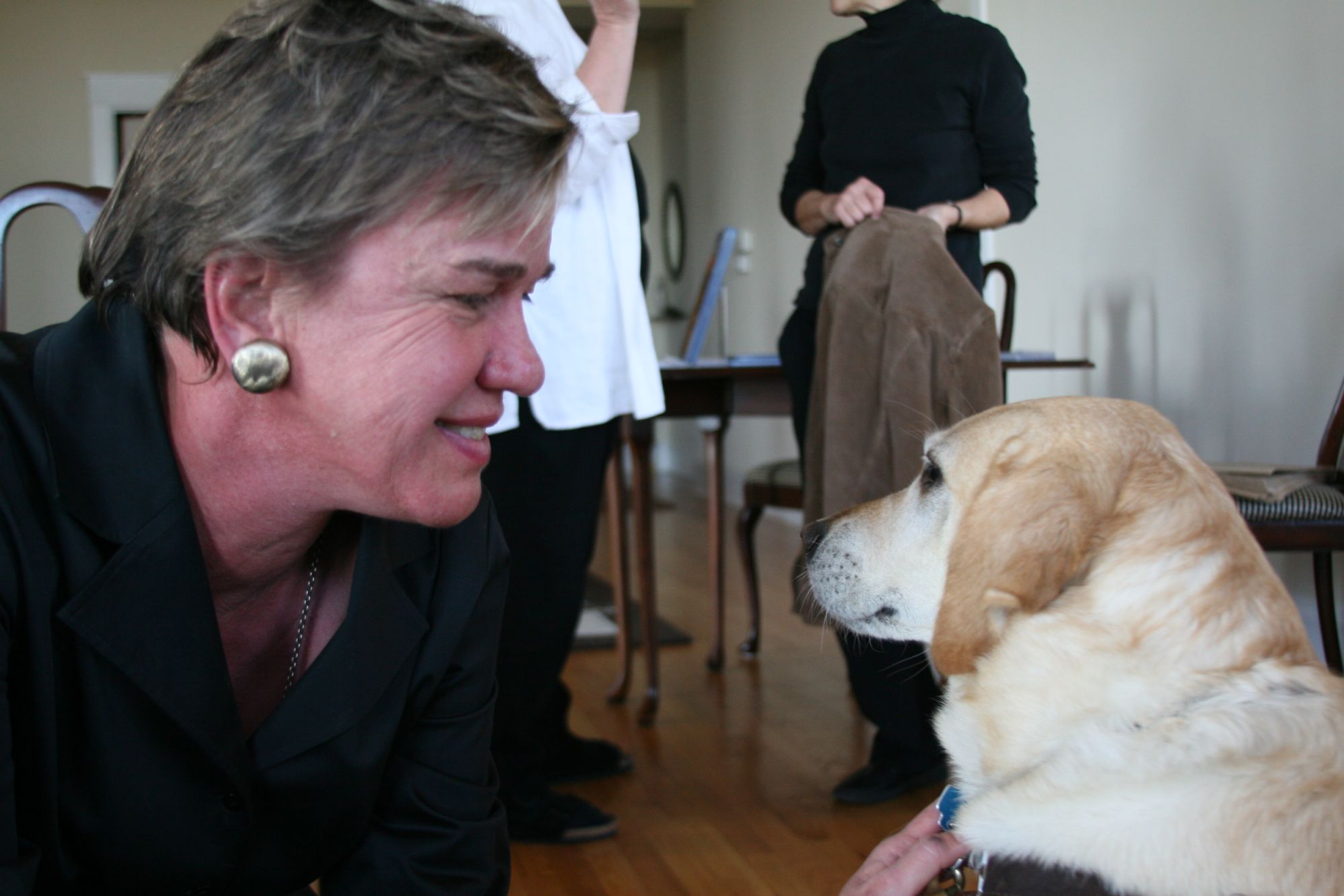Sandra the survivor
August 4, 2010 • 16 Comments • Posted in blindness, Blogroll, Uncategorized, writingMy young friend Sandra Murillo was in a terrible car crash last November. Her father was critically injured in the accident, and her beloved brother and only sibling Chris died at the scene. Sandra walked away with minor injuries. Well, minor physical injuries. The emotional injuries were more serious.
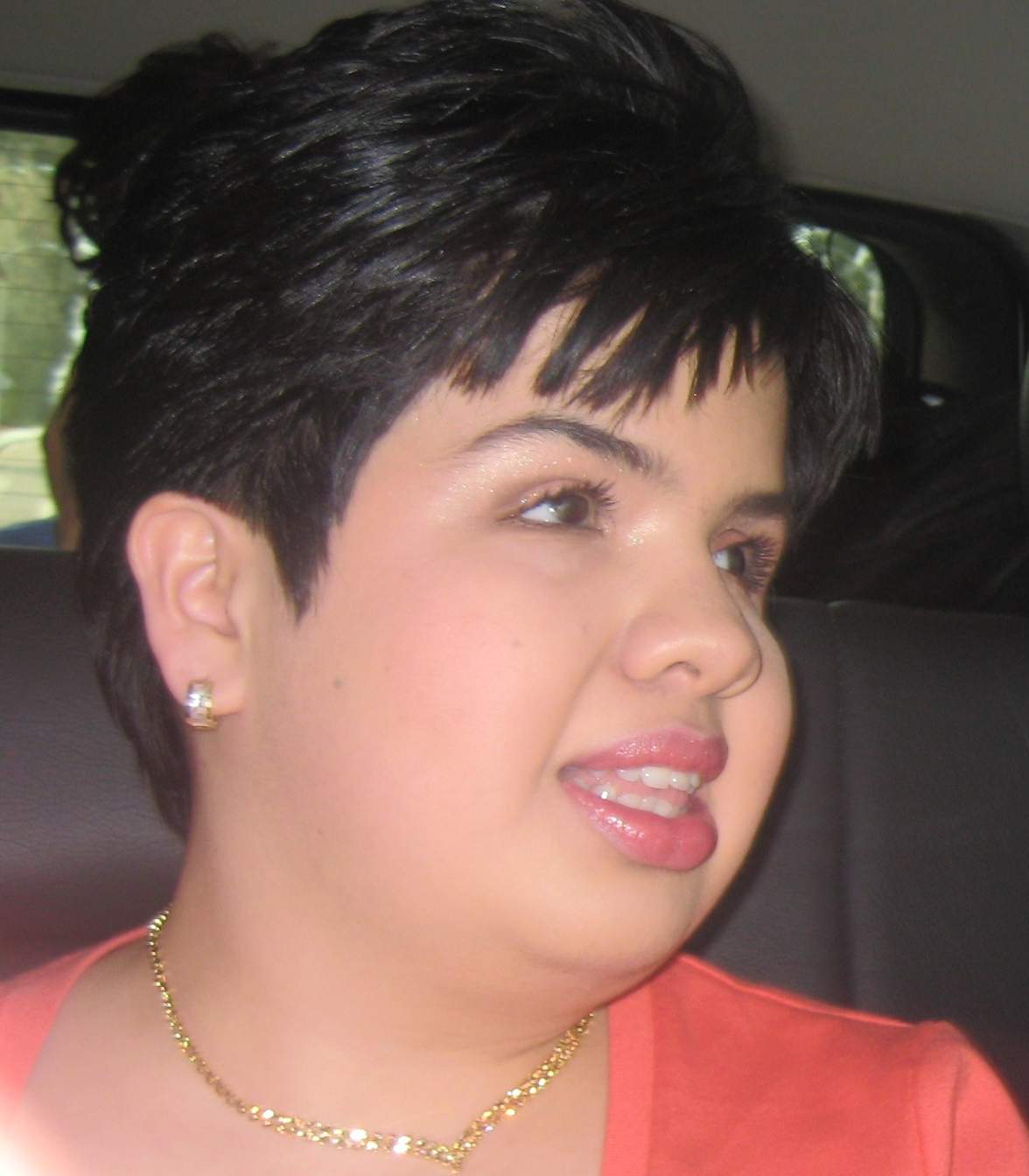
That
Sandra has been blind since she was three. A junior in college now, she publishes a blog called Sandra The Future Journalist that tracks her progress as a journalism student at the University of Illinois at Urbana-Champaign. Her posts are helpful to other young people who are blind and considering going to college, and they are entertaining to people (like me) who are curious to know how Sandra manages on a campus overflowing with 43,246 students.
Last November Sandra was managing very well during her first semester at U of I. She’d successfully completed her midterms, and her father and brother came down to Champaign to pick her up for Thanksgiving break. The accident that changed their lives happened on the way home.
Until now Sandra has been understandably reluctant to talk about the accident with outsiders. She published one blog post in January to let people know her father was recovering well and to thank those who had helped her family through the previous two months, then put the blog on hiatus for a while. She returned to campus in January to complete her Fall classes along with her regular Spring course load. Back home for the summer, she’s started blogging again.
Working through grief is unbelievably difficult. Sandra is doing remarkably well, and some people have told her mom that since Sandra is blind she must not have experienced severe trauma from the accident. “After all, Sandra couldn’t see what was going on.”
This attitude bothered me. It bothers Sandra, too. So much, in fact, that she agreed to share some details here on my blog. Sandra told me she was so happy to be with her dad and her brother on the drive home that evening that even getting stuck in traffic didn’t bother them. “My brother and I were in the front seat, we were both talking, you know, chatting, laughing,” she told me. “And all of a sudden there was a huge crash, I felt this huge bang behind me and I heard glass shattering all over.” After that, she says, everything went completely silent. ”I knew right away that my dad was unconscious, and my brother…and all this blood…immediately I knew that they were at least in critical condition, “She said. “They weren’t making any sound, and I might be a little graphic here, but, I felt something warm on my pant leg, on my thigh, it was warm and sticky, and I could smell it. It was blood.” From a CBS2 news story:
A total of eight vehicles, including a semi truck, were involved in the crash, Illinois State Police Joliet District Trooper Jeff Liskh said. Preliminary reports that the semi failed to observe a traffic stop could not be confirmed.
A couple of college kids from another car involved in the crash pulled Sandra out through the windshield and guided her away from the scene. “I was freaking out, not being able to see, I was focusing so much on getting out,” she said. “And I was thinking, what if it explodes, my dad and my brother are trapped in there.”
By the time her mother arrived at the scene, Sandra was in an ambulance on her way to one hospital, and her father was being airlifted to another.
“I just want your readers to know that traumatic incidents like this one affect you the same whether you are blind or sighted,” she told me. “Or if anything, the trauma was worse for me because I’m blind.”
Disabilities can make some people nervous. They feel bad for those of us who have disabilities, and sometimes they do unnecessary cartwheels to make themselves feel better. I suppose that some might get comfort in the belief that Sandra’s blindness spared her from some part of the pain of that November evening. But they shouldn’t. Because she wasn’t spared anything. And what she’s gone through since has been what anyone — sighted, blind, or otherwise — would have gone through. The painful period of bereavement and recovery.
Sandra is doing remarkably well, all things considered. Not because she’s blind, but because she’s a marvelous young woman.

